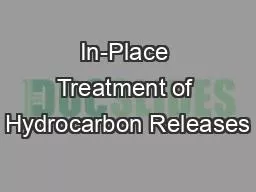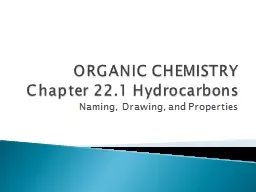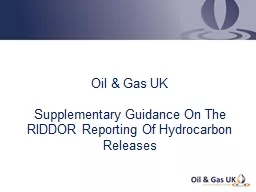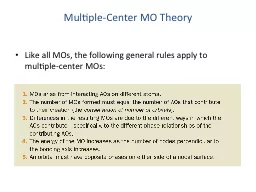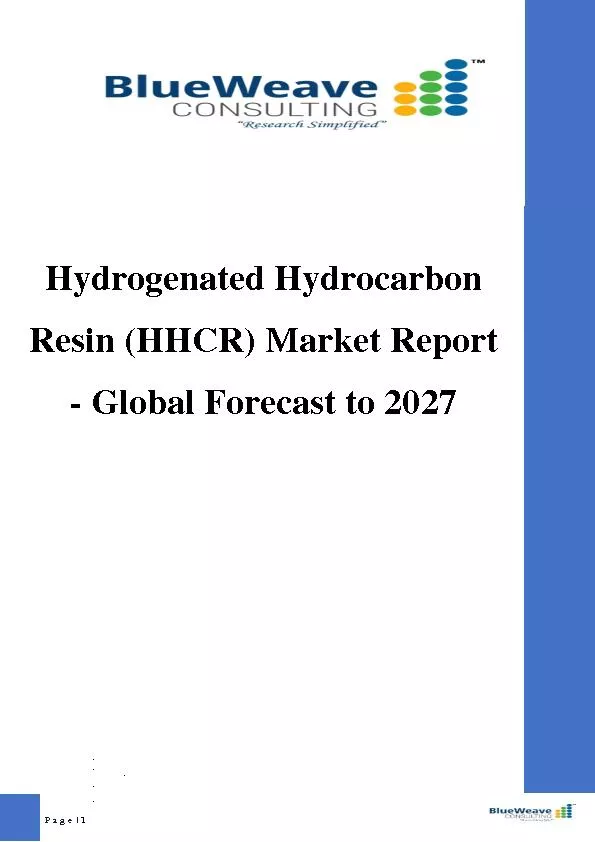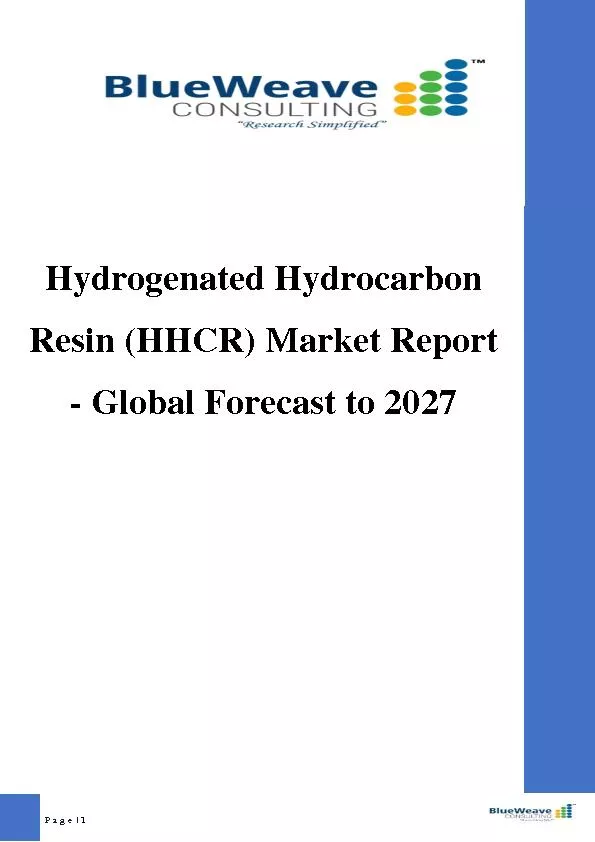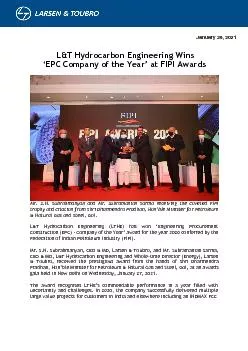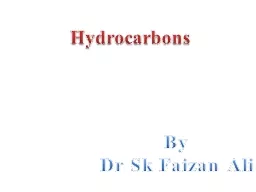PPT-In-Place Treatment of Hydrocarbon Releases
Author : cheeserv | Published Date : 2020-06-23
Signals a Breakthrough in the Conservation of Topsoil amp Vegetation William L Lundy Sr wlundycooloxcom 708 3960100 Where Science amp Technology Meet Cool Ox
Presentation Embed Code
Download Presentation
Download Presentation The PPT/PDF document "In-Place Treatment of Hydrocarbon Releas..." is the property of its rightful owner. Permission is granted to download and print the materials on this website for personal, non-commercial use only, and to display it on your personal computer provided you do not modify the materials and that you retain all copyright notices contained in the materials. By downloading content from our website, you accept the terms of this agreement.
In-Place Treatment of Hydrocarbon Releases: Transcript
Download Rules Of Document
"In-Place Treatment of Hydrocarbon Releases"The content belongs to its owner. You may download and print it for personal use, without modification, and keep all copyright notices. By downloading, you agree to these terms.
Related Documents

